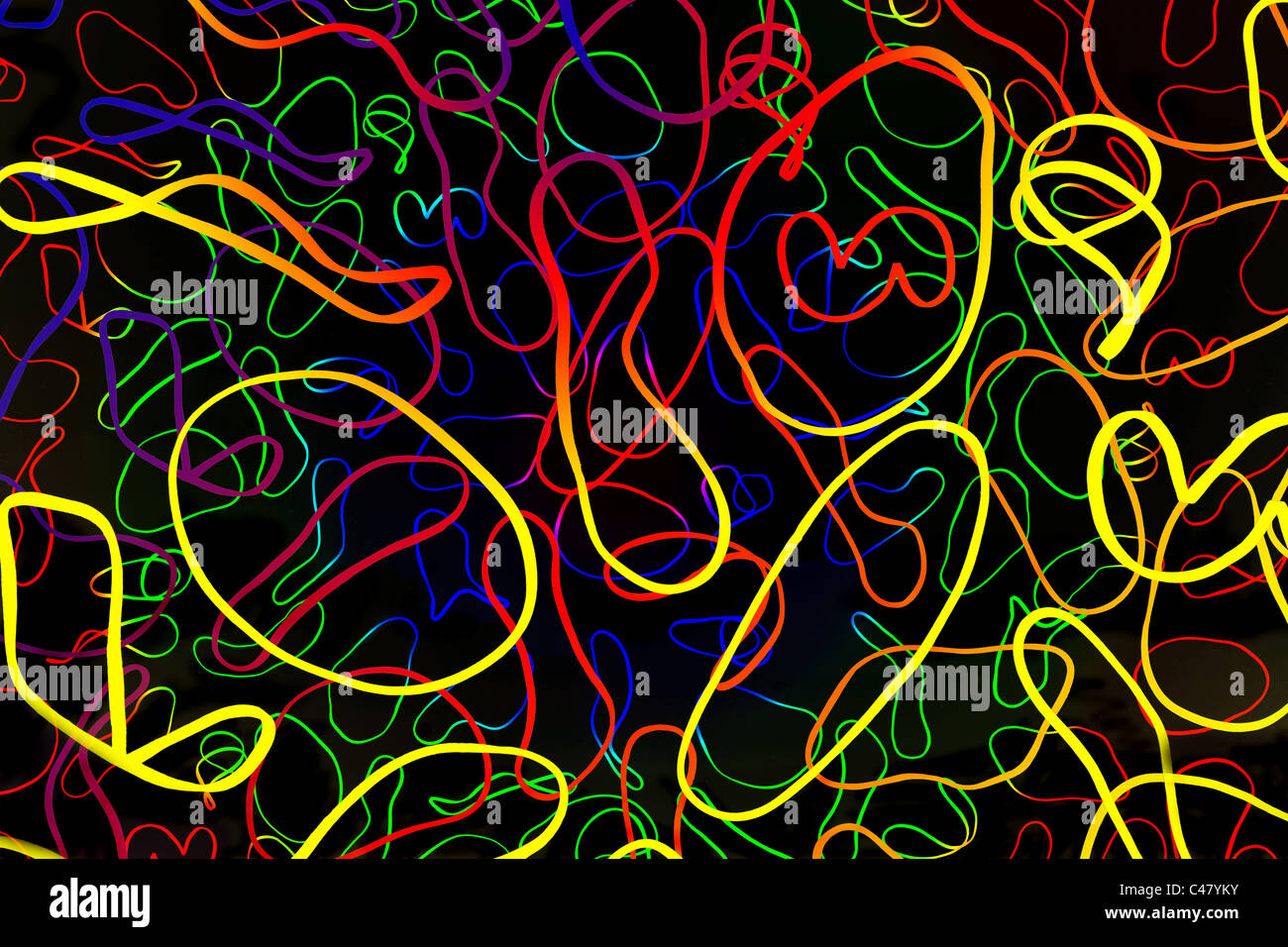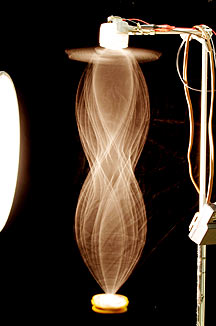
While twenty-six dimensions are far too many, they can be twisted or even folded into tiny tight compact regions in spacetime, thus possibly reducing the dimensions to four. However, problems arise when the complex mathematics of string theory indicate a need for twenty-six spatial dimensions to function. It offers a sound hypothesis of interactions on the quantum plane, from what quarks are made of to the long sought-after graviton (which mediates gravitational interaction, a massless particle with an integer spin of +/-2). String theory, while prestigious in many facets-especially in quantum mechanics and cosmology-does indeed carry flaws that can turn the universe inside out. Scientists chose "strings" over "line segments" because strings are flexible, and can be contorted in almost infinite ways, thus producing a nearly infinite spectrum of vibrational modes or "tones." Branes & Superstring Theory: If an object only has length, it must be infinitely thin (with no depth), it must therefore be envisioned as a line segment. In string theory, quarks themselves contain fragments of energy that exist on a one-dimensional plane-length. Looking at it backwards: a proton is a composite particle (or hadron) built from two up quarks and one down quark, each quark being a manifestation of the string it represents.

#Vibrating strings theory plus
*(While the plus sign "+" is a literal mathematical interaction, it can be seen as the interactions between the new "quarks," and effectively acts as a string/particle itself! String theorists call these gluons (g), which are responsible for the strong nuclear force and cannot exist independently (free) from such quantum systems). The result of two up quarks and one down quark produces a proton. However, when a third string that vibrates in a rather different manner (b), acts as a "down" quark, the resulting interaction simplifies as (a+a+b)* or two up quarks and one down quark. If a second string is introduced with the same properties, we now have two (a-vibrational) strings, or basically two "up" quarks. Here is a theoretical example: if a string vibrates (or wiggles) in one manner (a), it could exhibit characteristics of an "up" quark. Gubser, a physics professor at Princeton University, and author of The Little Book of String Theory, sums up the theory rather nicely, asserting that, "String theory aims to be a unifying picture, where each is a different vibrational mode of a string".Ī string's "vibrational mode" is only a fancy way of identifying the manner in which it oscillates.

Image credit via MissMJ, Wikimedia Commons.

Different levels of magnification of matter (1-5), ending with the string level (6).


 0 kommentar(er)
0 kommentar(er)
